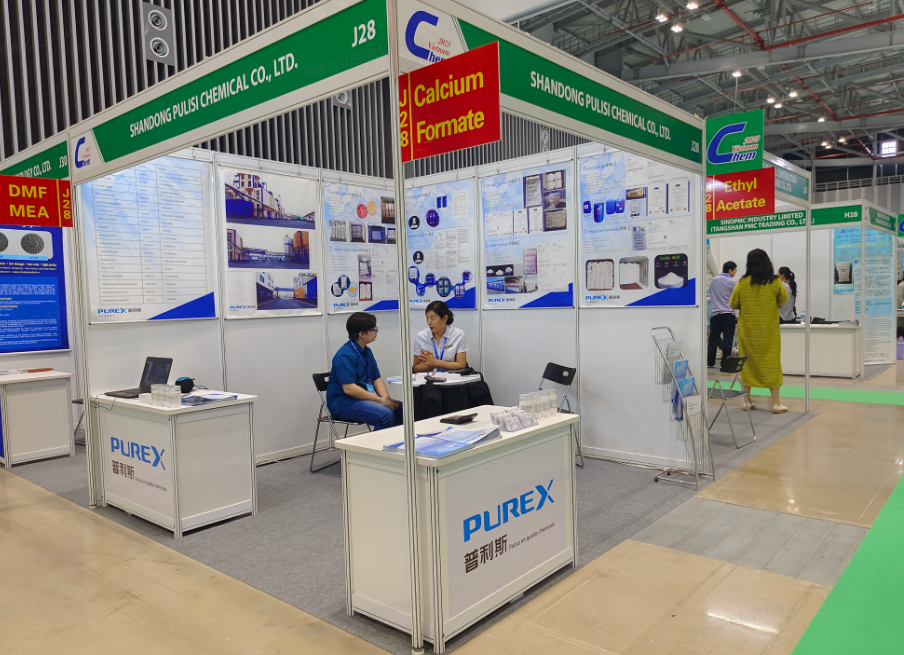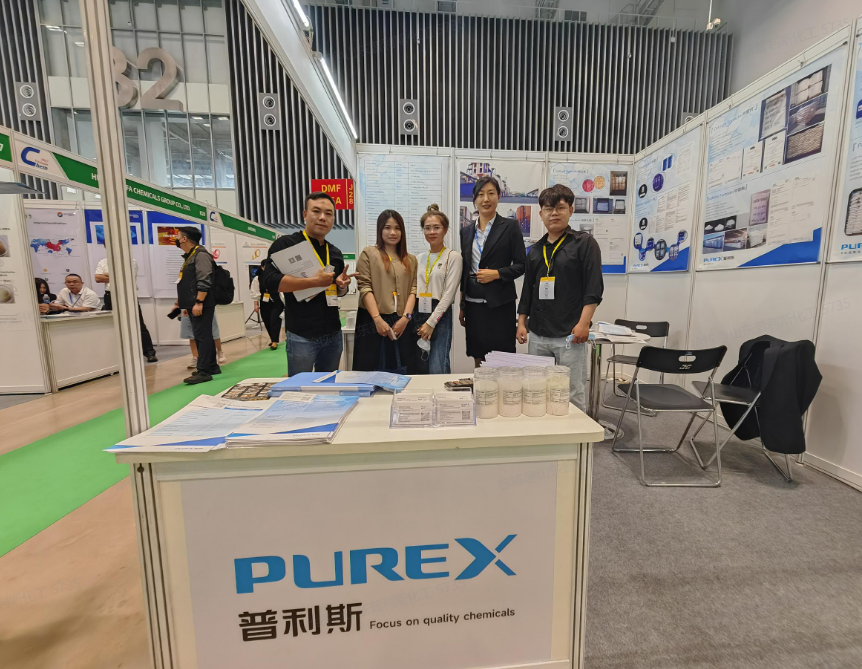Specially designed iridium nanostructures deposited on mesoporous tantalum oxide enhance conductivity, catalytic activity and long-term stability.
Image: Researchers in South Korea and the US have developed a new iridium catalyst with increased oxygen evolution reaction activity to facilitate cost-effective electrolysis of water with a proton exchange membrane to produce hydrogen. learn more
The world’s energy needs continue to grow. Transportable hydrogen energy holds great promise in our search for clean and sustainable energy solutions. In this regard, proton exchange membrane water electrolysers (PEMWEs), which convert excess electrical energy into transportable hydrogen energy through water electrolysis, have attracted much interest. However, its large-scale application in hydrogen production remains limited due to the slow rate of oxygen evolution reaction (OER), an important component of electrolysis, and the high loading of expensive metal oxide catalysts such as iridium (Ir) and ruthenium oxide into the electrodes is limited. . Therefore, the development of cost-effective and high-performance OER catalysts is necessary for the widespread application of PEMWE.

Recently, a Korean-American research team led by Professor Changho Park from Gwangju Institute of Science and Technology in South Korea developed a new iridium nanostructured catalyst based on mesoporous tantalum oxide (Ta2O5) through an improved formic acid reduction method to achieve efficient electrolysis of PEM water. . Their research was published online on May 20, 2023, and will be published in Volume 575 of the Journal of Power Sources on August 15, 2023. The study was co-authored by Dr. Chaekyong Baik, a researcher at the Korea Institute of Science and Technology (KIST).
“The electron-rich Ir nanostructure is uniformly dispersed on a stable mesoporous Ta2O5 substrate prepared by the soft template method combined with the ethylenediamine surrounding process, which effectively reduces the Ir content of a single PEMWE battery to 0.3 mg cm-2,” explained Professor Park. . It is important to note that the innovative design of the Ir/Ta2O5 catalyst not only improves Ir utilization, but also has higher conductivity and a larger electrochemically active surface area.
Additionally, X-ray photoelectron and X-ray absorption spectroscopy reveal strong metal-support interactions between Ir and Ta, while density functional theory calculations indicate charge transfer from Ta to Ir, which causes strong binding of adsorbates such as O and OH, and maintains the Ir(III) ratio during the OOP oxidation process. This in turn results in increased activity of Ir/Ta2O5, which has a lower overvoltage of 0.385 V compared to 0.48 V for IrO2.
The team also experimentally demonstrated the high OER activity of the catalyst, observing an overvoltage of 288 ± 3.9 mV at 10 mA cm-2 and a significantly high Ir mass activity of 876.1 ± 125.1 A g-1 at 1.55 V to the corresponding value. for Mr. Black. In fact, Ir/Ta2O5 exhibits excellent OER activity and stability, which was further confirmed by more than 120 hours of single-cell operation of the membrane-electrode assembly.
The proposed method has the dual advantage of reducing the load level Ir and increasing the efficiency of OER. “The increased efficiency of OER complements the cost efficiency of the PEMWE process, thereby improving its overall performance. This achievement could revolutionize the commercialization of PEMWE and accelerate its adoption as a mainstream hydrogen production method,” suggests an optimistic Professor Park. .

Overall, this development brings us closer to achieving sustainable hydrogen energy transport solutions and thus achieving carbon neutral status.
About Gwangju Institute of Science and Technology (GIST) Gwangju Institute of Science and Technology (GIST) is a research university located in Gwangju, South Korea. GIST was founded in 1993 and has become one of the most prestigious schools in South Korea. The university is committed to creating a strong research environment that promotes the development of science and technology and promotes collaboration between international and domestic research projects. Adhering to the motto “Proud Shaper of Science and Technology of the Future”, GIST is consistently ranked among the top-ranked universities in South Korea.
About the Authors Dr. Changho Park has been a professor at Gwangju Institute of Science and Technology (GIST) since August 2016. Prior to joining GIST, he served as Vice President of Samsung SDI and received a Master’s degree from Samsung Electronics SAIT. He received his bachelor’s, master’s, and doctorate degrees from the Department of Chemistry, Korea Institute of Science and Technology, in 1990, 1992, and 1995, respectively. His current research focuses on the development of catalytic materials for membrane electrode assemblies in fuel cells and electrolysis using nanostructured carbon and mixed metal oxide supports. He has published 126 scientific papers and received 227 patents in his field of expertise.
Dr. Chaekyong Baik is a researcher at the Korea Institute of Science and Technology (KIST). He is involved in the development of PEMWE OER and MEA catalysts, with a current focus on catalysts and devices for ammonia oxidation reactions. Before joining KIST in 2023, Chaekyung Baik received his PhD in Energy Integration from Gwangju Institute of Science and Technology.
The mesoporous iride nanostructure supported by electron-rich Ta2O5 can enhance the activity and stability of oxygen evolution reaction.
The authors declare that they have no known competing financial interests or personal relationships that could have appeared to influence the work presented in this article.
Disclaimer: AAAS and EurekAlert! are not responsible for the accuracy of press releases published on EurekAlert! Any use of information by a participating organization or through the EurekAlert system.
If you would like more information, please send me an email.
E-mail:
info@pulisichem.cn
Tel:
+86-533-3149598
Post time: Dec-15-2023
